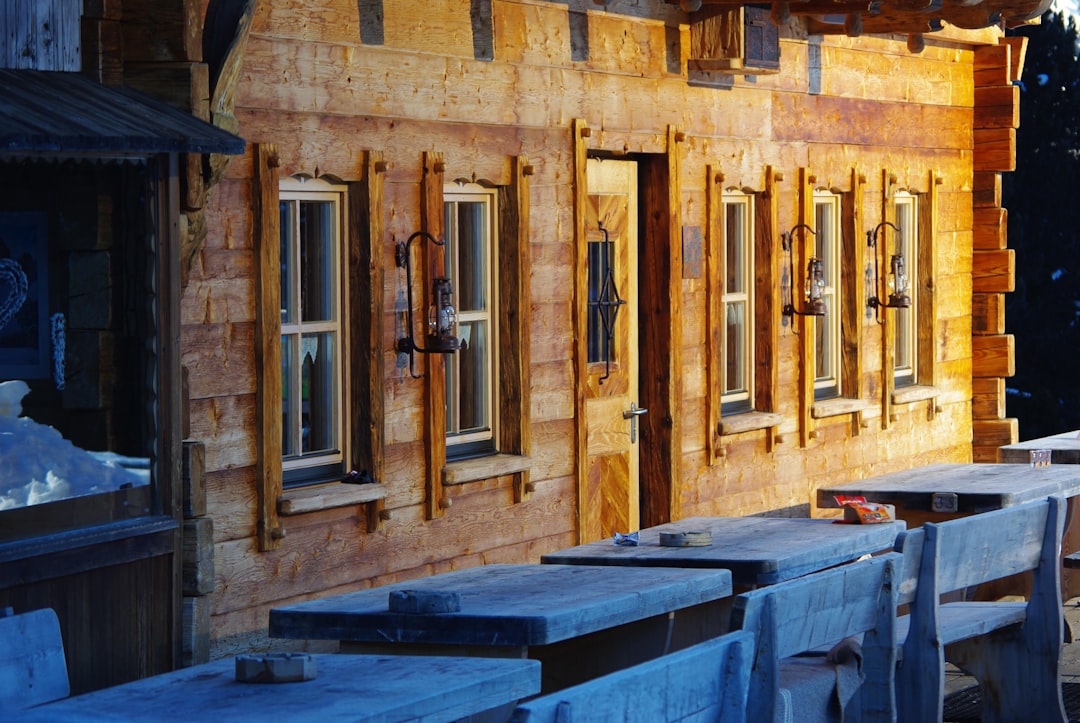Understanding Subflooring Costs for Construction Professionals
Subflooring costs can vary significantly based on materials and labor. As of 2025, typical costs range from $3.75 to $10.00 per square foot installed, depending on the material and location. CountBricks provides real-time pricing and AI-driven estimates to ensure accuracy.
What is Subflooring?
Subflooring is the structural layer beneath finished flooring, typically made of:
- 3/4" tongue-and-groove plywood
- 23/32" or 1-1/8" OSB
- Engineered panels with moisture-resistant coatings
It provides a stable base for various flooring types.
Regional Pricing Variations
Subflooring costs can differ due to regional factors like transportation and local demand. CountBricks uses live data to provide accurate quotes based on your location.
Key Cost Components
- Material price per sheet
- Fasteners and adhesives
- Labor for installation
- Freight or delivery fees
- Contingency for repairs
Average Cost Ranges
- OSB: $3.75 – $5.25 per sq ft
- Plywood: $5.50 – $7.50 per sq ft
- Engineered panels: $7.75 – $10.00 per sq ft
Labor Costs
Skilled carpenters average $55-$75 per hour. A two-person crew can install 350-450 sq ft per day.
Signs of Subfloor Replacement
- Persistent squeaks
- Soft spots
- Musty odors
- Visible mold
- Floor separation
- Uneven surfaces
Using CountBricks for Accurate Estimates
- Open a project in the CountBricks app.
- Define scope with voice capture.
- Upload floor plans for AI analysis.
- Select materials for live pricing.
- Review and send estimates.
Cost-Saving Tips
- Order full quantities to avoid upcharges.
- Bundle projects to reduce fees.
- Use efficient fasteners.
- Schedule early deliveries.
Case Study: Bungalow Renovation
A Pasadena project required 1,150 sq ft of subfloor replacement. Total cost was $7,680, within 2% of the estimate.
Limitations of DIY Calculators
Generic calculators often miss variables like delivery zones and waste percentages. CountBricks provides precise estimates for professionals.
Get Started with CountBricks
Visit CountBricks.com for more information and to schedule a demo.
Optimizing Subfloor Budgets with CountBricks AI
CountBricks helps avoid overruns by providing real-time pricing and scope accuracy.
Real-Time Supplier Sync
CountBricks updates costs daily, reflecting market changes instantly.
Voice-Driven Contingency Capture
- Add leveling compound on-site with voice commands.
- Flag potential issues for transparency.
Waste Factor Intelligence
CountBricks adjusts waste factors based on room shapes, reducing material costs.
Instant Variance Reports
Track actual versus estimated material use to refine future bids.
Case Study: Culver City Remodel
Scope: Replace 920 sq ft of subfloor. Final cost was 1.4% under estimate.
Action Steps for Contractors
- Create a profile on CountBricks.com.
- Import supplier lists or use CountBricks pricing.
- Run sample projects for comparison.
- Share quotes for quick approvals.
Final Thought
CountBricks provides reliable estimates, reducing guesswork in subflooring projects.

